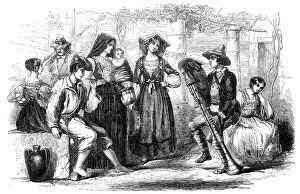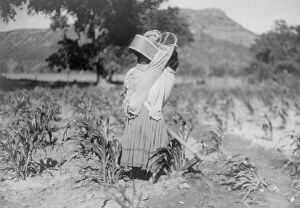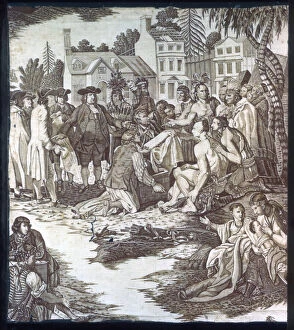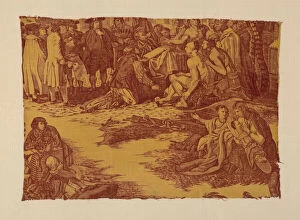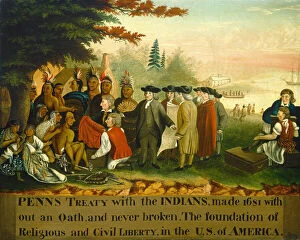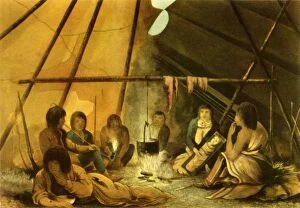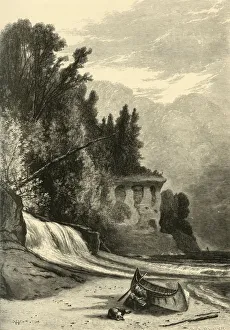Cradle Board Collection
A journey through time: From the early days of colonial interactions to the turn of the 20th century
All Professionally Made to Order for Quick Shipping
A journey through time: From the early days of colonial interactions to the turn of the 20th century, these captivating images offer a glimpse into the lives of various indigenous communities. A Flathead mother cradles her newborn (Edward Sheriff Curtis, c1910), an Apache girl carries her papoose (Edward Sheriff Curtis, c1903), and a pretty group gathers at an Indian tent (John C. H. Grabill, 1891). These moments of intimacy and connection are echoed in the traditional Lapland fisherman's hut (J. F. Hockert, 1862), as well as in the tender bond between a Mizheh woman and her baby (Edward Sheriff Curtis, c1906). The cornfield (Edward Sheriff Curtis, 1906) and the Apsaroke mother and child (Edward Sheriff Curtis, 1908) show the importance of nature and nurture in the daily lives of these communities. The historic Penns Treaty with the Indians (Unknown, c. 1785) and its various interpretations (George Catlin, 1835; Edward Hicks, c. 1840/1844) serve as a reminder of the complex and enduring relationships between European settlers and indigenous peoples. And finally, the Dog Travois and Blackfoot camp (Edwin Willard Deming, late 19th-early 20th century) illustrate the resilience and adaptability of indigenous communities as they navigated the ever-changing landscape of their world.

